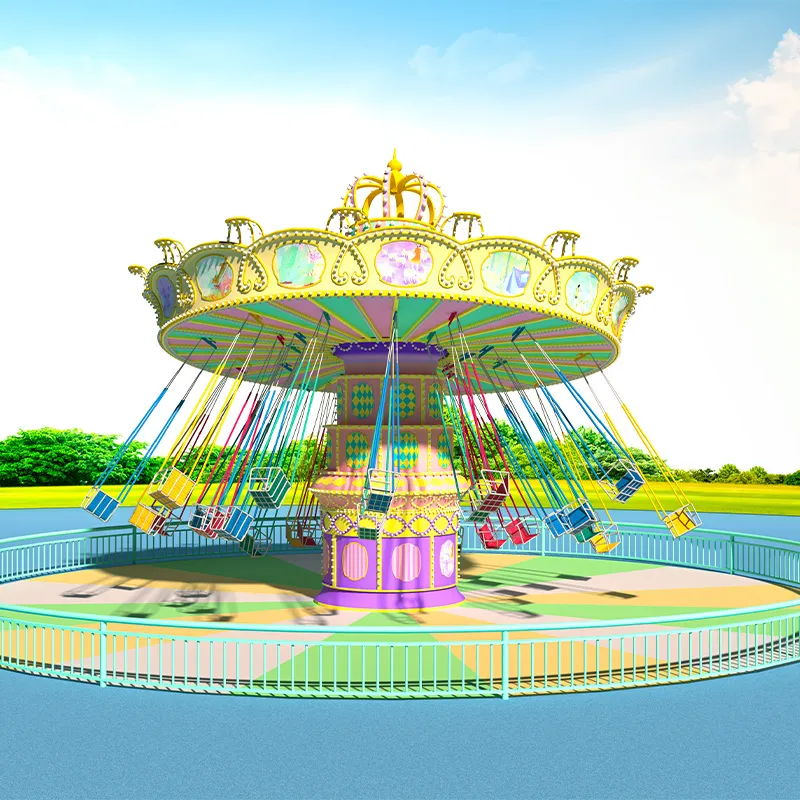- Albanian
- Arabic
- Belarusian
- Bengali
- Czech
- English
- French
- German
- Hebrew
- Hungarian
- Indonesian
- irish
- Italian
- Japanese
- kazakh
- Persian
- Russian
- Thai
- Uzbek
- Vietnamese
types of roller coasters
Types of Roller Coasters A Thrilling Ride Through History and Design
Roller coasters have been a cornerstone of amusement parks for nearly two centuries, captivating thrill-seekers with their unique designs and exhilarating experiences. With technological advancements and growing creativity, roller coasters come in various types, each offering distinct thrills. Here, we explore some of the most popular types of roller coasters.
1. Wooden Roller Coasters
Wooden roller coasters are among the oldest types, with the first one built in the early 19th century. They are characterized by their traditional wooden structure, which creates a classic, nostalgic experience. The feel of the wooden tracks often includes a unique shaking and swaying sensation, providing a different kind of thrill compared to steel coasters. Iconic examples include the The Cyclone in Coney Island and The Beast at Kings Island, which are known for their high speed and steep drops.
Steel roller coasters, introduced in the 1970s, revolutionized the amusement park experience. These coasters are known for their smooth rides, complex loops, and impressive heights. With the ability to incorporate inversions and sharp turns, steel coasters can achieve speeds that wooden coasters cannot. Popular varieties include the inverted coasters, where riders hang underneath the track, and floorless coasters, where there is no floor beneath the seats, adding to the thrill. Notable examples include Steel Vengeance at Cedar Point and The Smiler in Alton Towers.
3. Launch Coasters
types of roller coasters

Instead of relying on a traditional lift hill, launch coasters use powerful motors to accelerate trains from a standstill to high speeds in mere seconds. This immediate thrill has made launch coasters very popular. Magnetic propulsion systems or hydraulic launch mechanisms are commonly used. Coasters like Kingda Ka at Six Flags Great Adventure, which boasts the tallest height and fastest speed in the world, are must-ride attractions for adrenaline lovers.
4. B&M Coasters
Bolliger & Mabillard (B&M) coasters are renowned for their quality and innovative designs, often characterized by smooth transitions and incredible inversions. They have become a favorite among enthusiasts for their attention to rider comfort and safety. Their sit-down, floorless, inverted, and dive coaster designs have set standards in the industry. Fury 325 at Carowinds and Leviathan at Canada’s Wonderland are prime examples of B&M excellence.
5. Hybrid Coasters
Hybrid coasters combine wooden and steel elements, creating a unique blend of the two. These coasters often maintain the wooden structure while incorporating steel tracks for a smoother ride. Innovations like Steel Vengeance, which was converted from a wooden coaster into a hybrid, showcase how the genre has evolved.
In conclusion, the world of roller coasters is rich and diverse, offering countless thrills and experiences. From the nostalgic charm of wooden coasters to the modern excitement of launch and hybrid designs, every type promises to deliver unforgettable adventures for those brave enough to ride. As technology continues to advance, who knows what thrilling designs the future holds?
-
Flume Ride-Hebei Zhipao Amusement Equipment Manufacturing Co., Ltd.|Thrilling Water Attraction&Customizable DesignJul.30,2025
-
Flume Ride - Hebei Zhipao Amusement Equipment | Water Coaster, Thrilling DescentJul.30,2025
-
Flume Ride - Hebei Zhipao | Thrilling Water AttractionJul.30,2025
-
Flume Ride: Thrilling Water Attraction by Hebei Zhipao|Log Flume Manufacturers&Flume Ride DesignJul.30,2025
-
Flume Ride-Hebei Zhipao Amusement Equipment Manufacturing Co., Ltd.|Thrilling Water Coaster, Safe DesignJul.30,2025
-
Flume Ride-Hebei Zhipao Amusement Equipment Manufacturing Co., Ltd.|Thrilling Water Attraction, Safe DesignJul.30,2025
